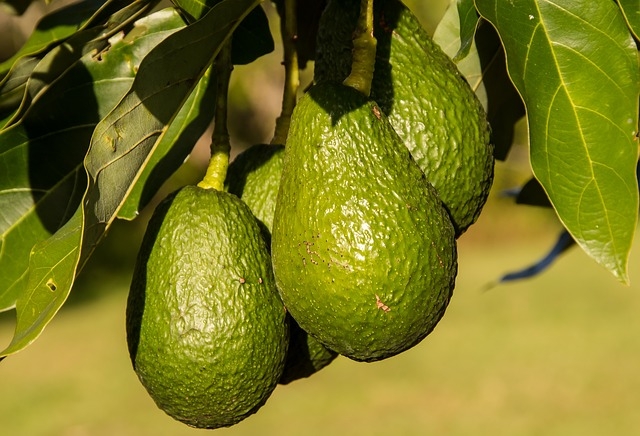
Berries grow quite well behind the Redwood Curtain and are seen everywhere. Did you know avocados are technically berries? With the right microclimate, you can grow avocado berries behind the Redwood Curtain. Avocado research at UCCE Riverside/Irvine (ucavo.ucr.edu) has found certain varieties grow better in warmer (not hot) coastal conditions. If you happen to live in a microclimate that warms to 70–85-degree days your success rate will be greater than the consistent 55–65-degree coastal weather. That only means if you live on the coast, plant in an environment (sunny side of wall, greenhouse, etc.) that increases temps.
You can buy self-fruiting varieties, but two or more varieties of A and B types will produce better results. It all has to do with the pollination of the flowers. ‘A' flowers are receptive to pollen in the AM hours but release pollen in the PM hours. Same holds true for ‘B' flowers except they release in the AM and receive in the PM. What to do? Plant both A and B plants so that both can receive pollen all day. Some examples of ‘A' plants are Hass, Reed, Pinkerton. ‘B' plants (Fuerte, Jim, Nabal, Bacon) are common. There are many others to choose from.
Avocados need drainage. Trees die if the roots are too wet. Mound your new trees above ground level. Keep the soil moist as Avocado trees can be demanding of water, especially when bearing fruit. Don't cut your trees back to 8 feet as you would other fruit trees. Avocado trees can grow to 40 feet high; too high for most home gardeners. You can keep them between 15-20 feet and have successful harvests. Keep leaves on the tree and on the ground. Natural mulch from the tree is best, but you can add other mulch as needed to keep soil moist. The entire tree can photosynthesis including the trunk and branches. In warm climates (above 85 degrees), you may need to whitewash the trunk and branches to keep the tree from burning. If you see leaves curling after a warm stretch, time to protect the tree. Commercial plant guard products can be used to protect branches and leaves.
Fertilize avocado trees frequently (3 – 4 times a year). Pull back the mulch and use an organic slow release (5-5-5 NPK). In winter add bone meal (phosphorous) to aid the flowering fruit. Work all fertilizer lightly into the ground and then recover with the mulch. Add a natural mulch (cow manure for example) if needed. Manure compost acts as a mulch and slowly break down adding nutrients. When blooms appear, add a 10-30-20 NPK or similar liquid fertilizer to aid absorption. Always follow the label instructions provided by the manufacturer. Trees are alternate bearing; more fruit one year vs the next. UCCE Riverside hosted a virtual avocado festival in 2020. You can find out more at https://ceorange.ucanr.edu/avocadofestival/.
Images Credits:
Avocado hanging on tree Image by sandid from Pixabay">sandid from bixabay
Avocado halves Image by Juraj Varga from Pixabay">Juraj Varga from Pixabay